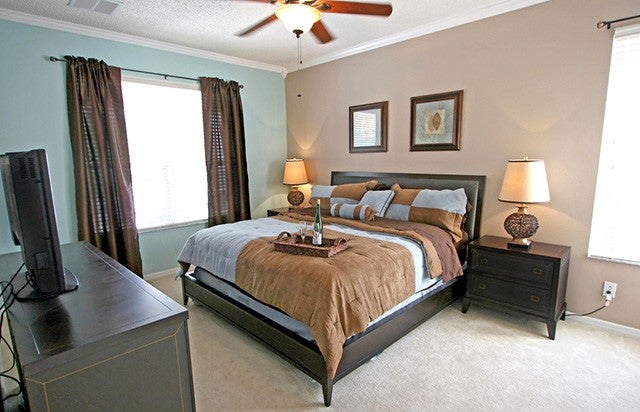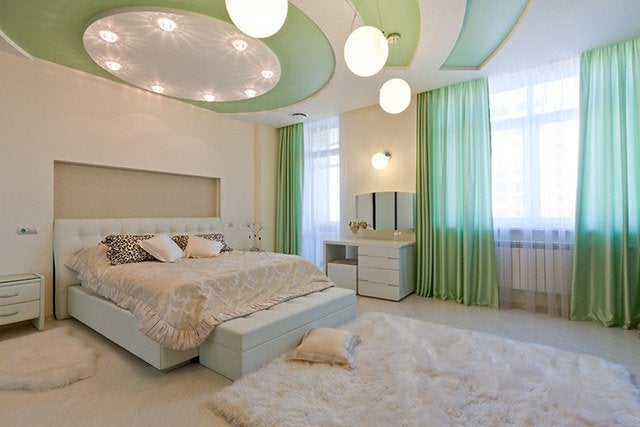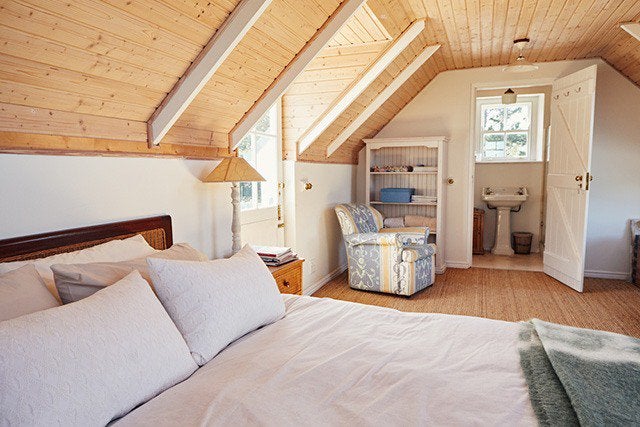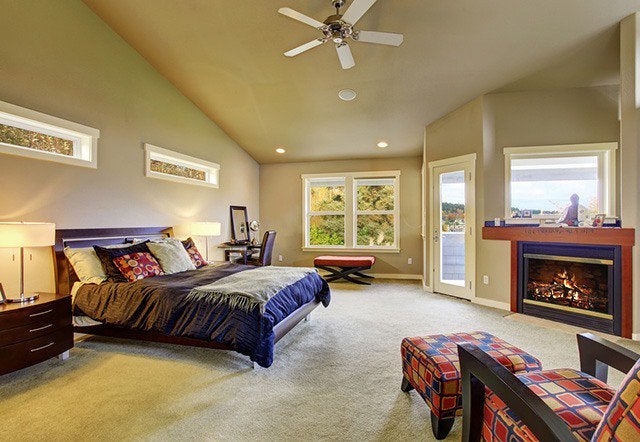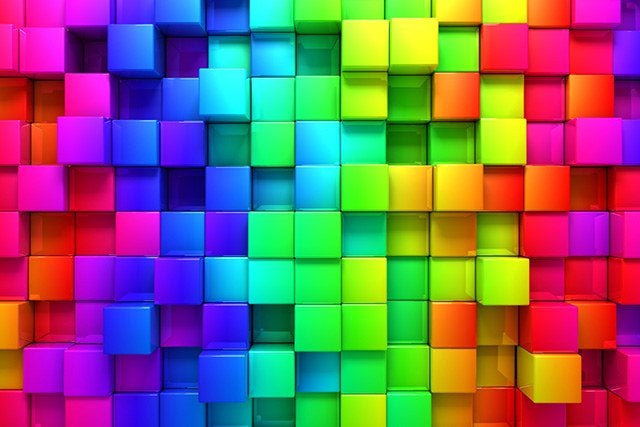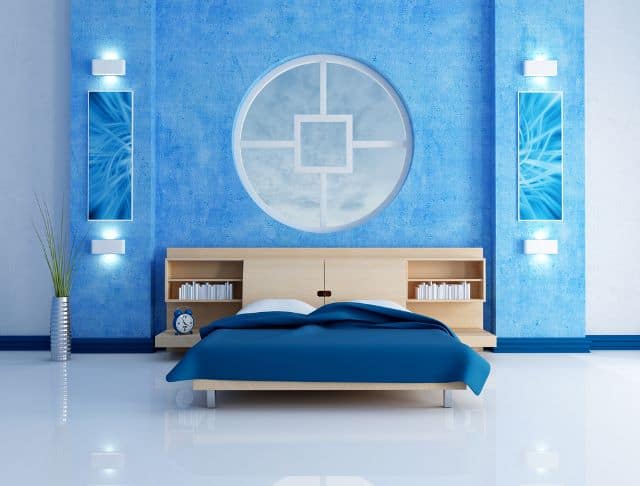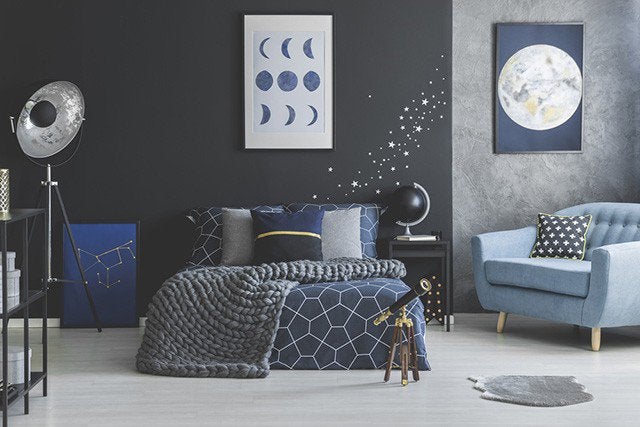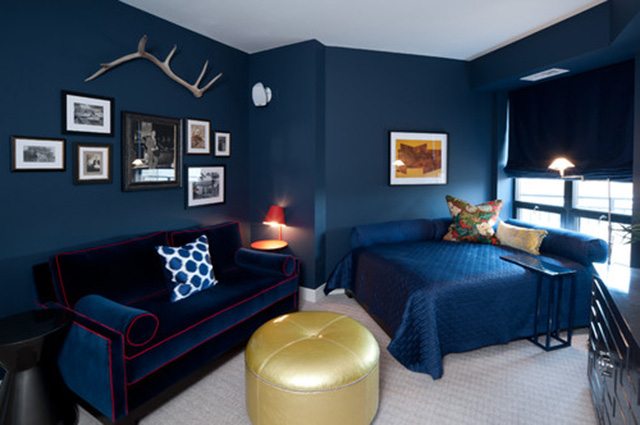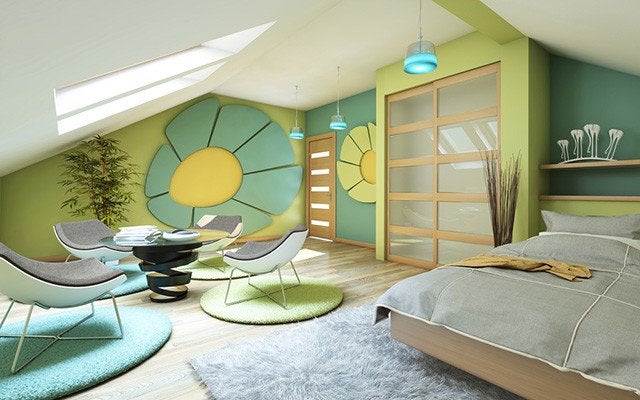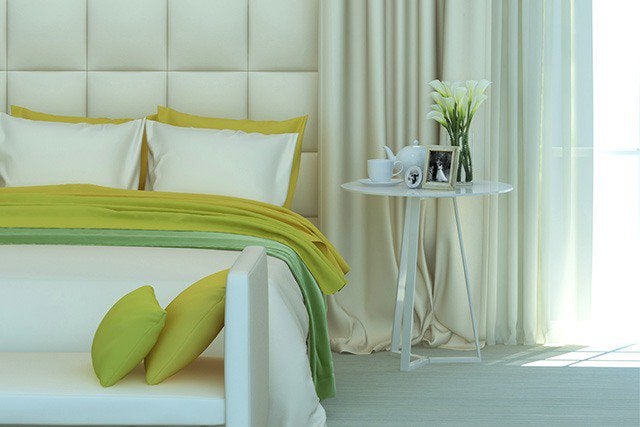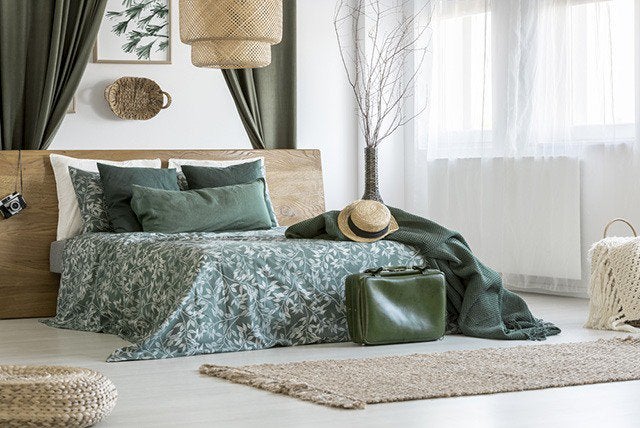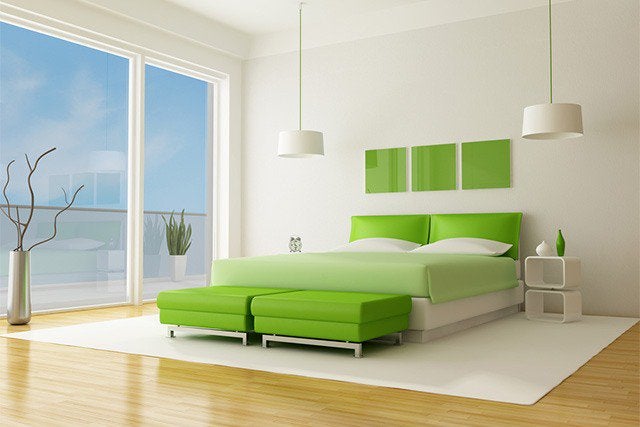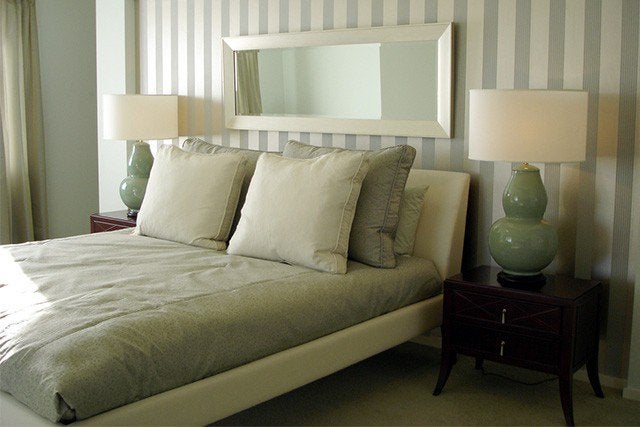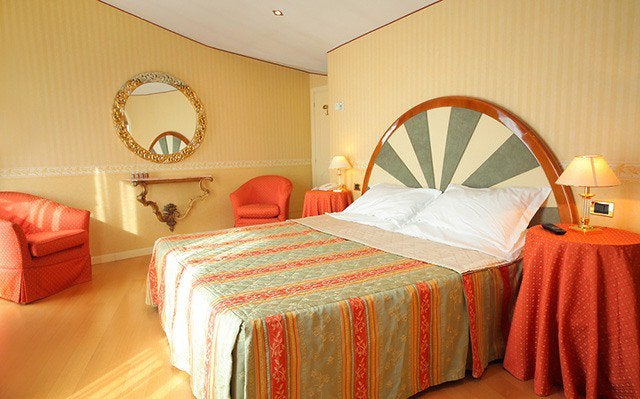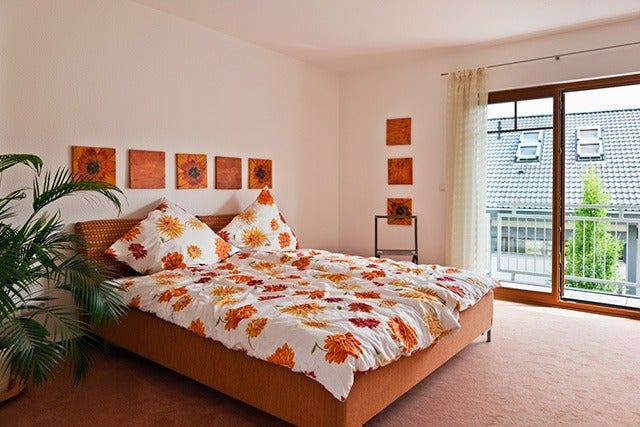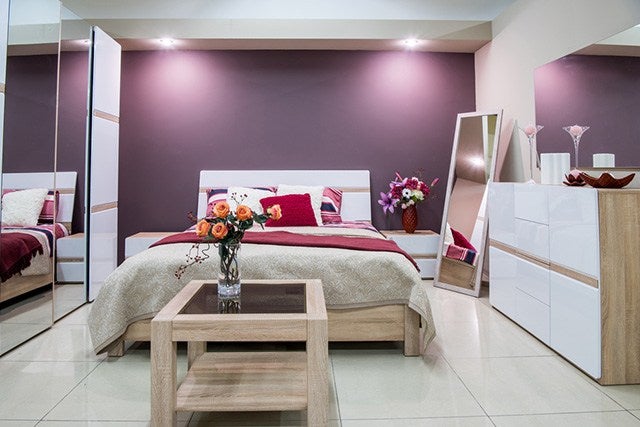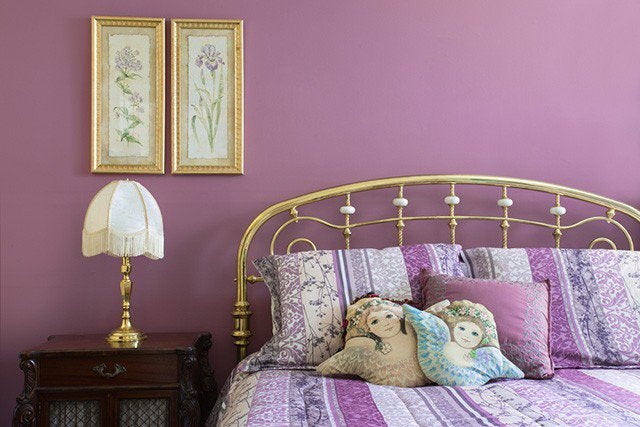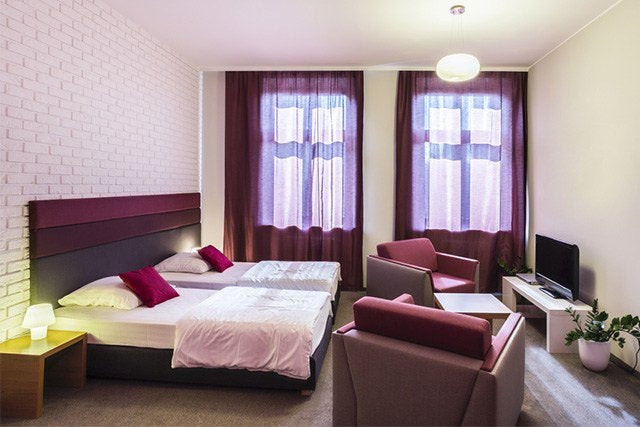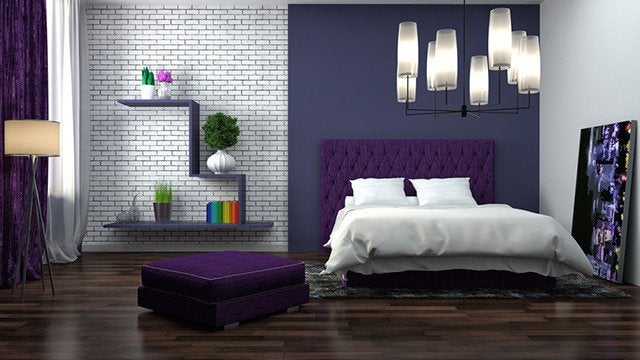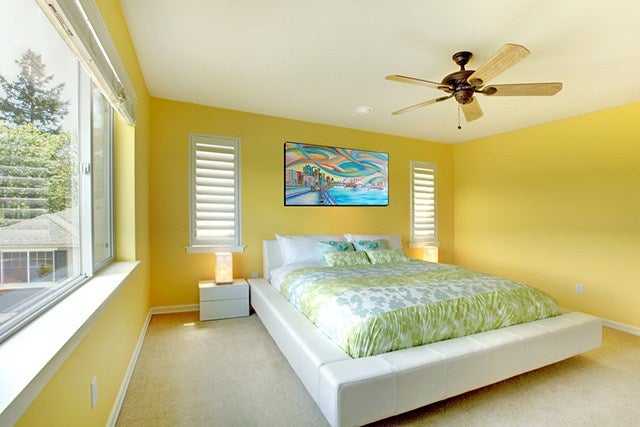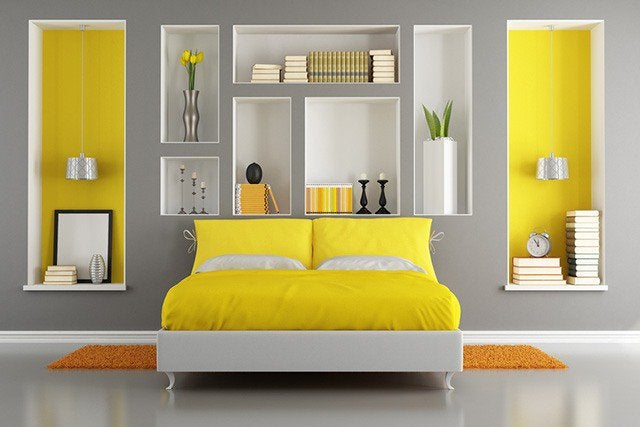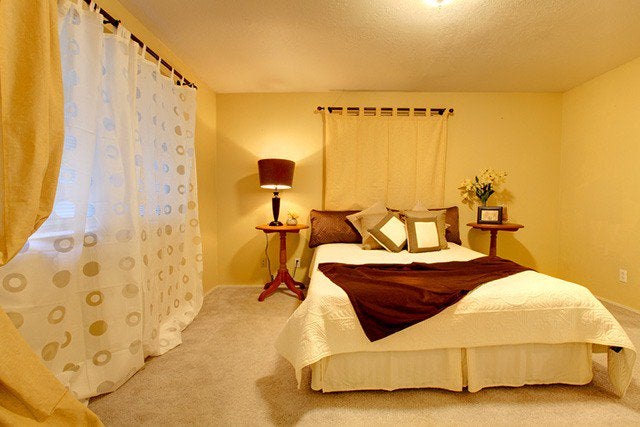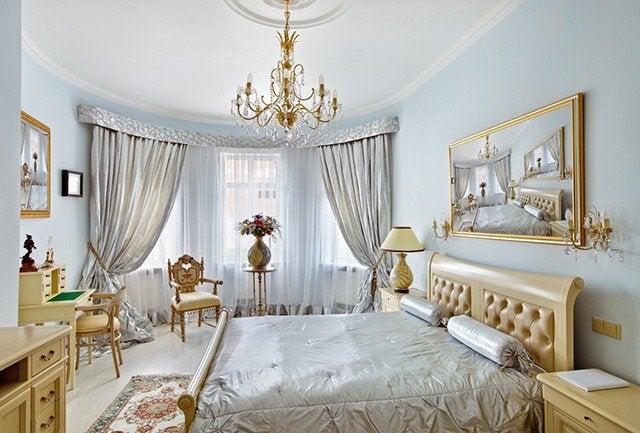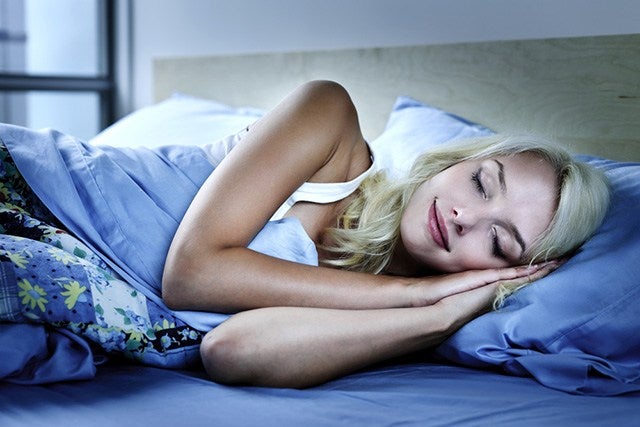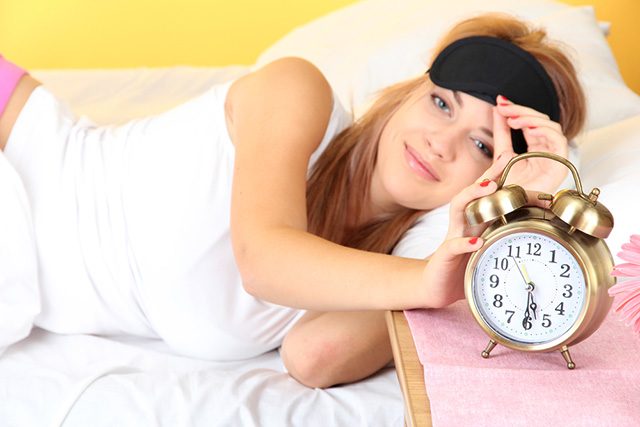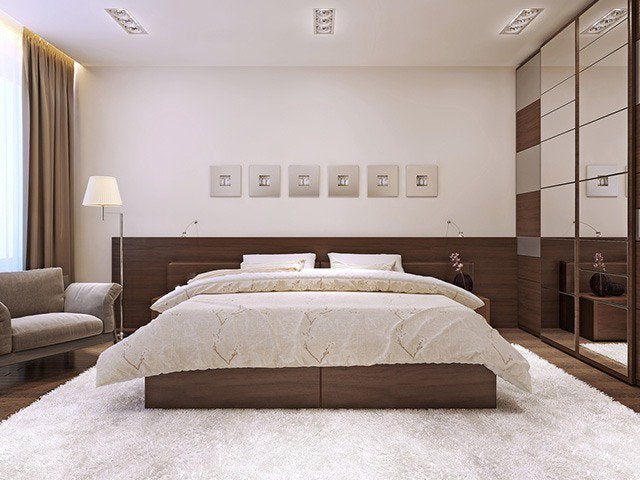The master bedroom – the most personal space in your home. It’s essential for you to have quality and comfort in the design of the space because this is your getaway, your oasis of comfort and relaxation. But how do you determine a design or theme that satisfies you while also ensuring you have that peaceful environment that promotes healthy sleep and creates a place that you can truly chill out?
There is a psychology to colors, and figuring out that psychology and how each color can have an emotional and mental effect on you that will help you figure out the best color for a master bedroom that pleases you in every way. Once you know which colors are best overall, you can decide how you want to be inspired by your master bedroom suite and choose the color scheme that best supports your needs.
The Aspects of Design
Today’s houses contain not just master bedrooms but entire master suites. That means that when it comes time to design your master suite, you have to consider the color scheme for both your bedroom and your bathroom. While you don’t necessarily need to use the same color in both spaces, you should have a continuity that creates a peace of mind, rather than a sharp contrast that can be disconcerting, just think of it as walking out of your dark bedroom in the middle of the night into a brightly fluorescent-lit space. If your bathroom is in complete contrast of design to your bedroom, it will be just as shocking to your system every time you go back and forth.
So, the immediate choice will include assuring that the color you choose for your master bedroom idea and the shade you put in your bathroom should be complementary. You want to assure you don’t get whiplash when you move from one to the other, as this can leave you permanently unsettled in a space that should make you feel at ease in every way.
Another consideration is accent colors. When you choose the main color for your space, you want to design around that with matching textiles and furniture. At the same time, your accent colors should stand out while still blending with the overall color scheme. This could mean opting for bright accents that are starkly noticeable against a muted background or simply choosing to have much darker or lighter hues of the same tone.
You may want to read: What is the Best Bedroom Paint Colors for Sleeping?
The Psychology of Color
You have a whole rainbow of colors on the palette from which to choose when you first start designing your master bedroom suite. But not all colors are created equal, in fact, various colors can incite different moods, and this is especially important when you’re considering the part of your home where you sleep and retreat from the world and its responsibilities.
Some colors stimulate, which means that your mind and your body become restless and create a need to move, act, think, and work. These colors should obviously not be considered first when choosing the best color for a master bedroom since the last thing you want when it’s time to sleep is to spark your brain into running a bunch of thoughts and ideas a thousand miles a minute.
At the same time, other colors can suppress that warm, fuzzy glow of happiness if you use too much of them, which is the last thing you need in a room in which you have to get out of bed every morning and can’t risk the ‘induced depression’ of a space drowned in such colors. On the contrary, while bright colors usually induce a level of cheer, they can also be disturbing if used across too much in space.
It’s important to find a balance when it comes to the best color for your master bedroom. While you have favorites, you should consider if those hues you prefer are suited for your sleep space or if you should consider more muted or comforting tones.
Learning more about the ‘mood’ brought about by each choice of colors can help you better understand why one shade might be better recommended over another for your master bedroom space. Here are some of the basics of what each color signifies and how it can affect you mentally and emotionally.
#1. Blue
Blue is an excellent color for contentment. In fact, it’s a popular choice for common spaces because almost everyone feels comfortable surrounded by blue. It invokes a sense of peace and joy, which helps the mind relax, even when you’re experiencing a great deal of stress or physical discomfort. Of course, the exact way you feel surrounded by blue depends upon the shade you choose, but almost all tints will create a positive environment and state of mind.
Soft or light blue
Pale blues have an extremely relaxing effect that is likened to the way you feel when you’ve finished a glass of wine. In fact, studies show that people with light blues or aqua on the walls of their master bedrooms actually get more sleep than with any other color (just under eight hours). It’s likely due to the similarity to the ocean or sky of the same color, which have calming effects on most people.
Navy
While darker, navy blues still offer a certain calmness, they also inspire poise and elegance. Consider the way you feel in a luxury hotel room, and you can recreate that particular elegance with a navy blue theme in the bedroom.
Dramatic and very dark blue
If you’re a thoughtful person, you probably enjoy the way that a very dramatic or dark blue will inspire your mind to settle peacefully and yet still allow you to ponder philosophically and psychologically. It’s a very intelligent color that can slow your thought process to a crawl and allow you to really focus.
Blue with warm undertones is a nice, cozy choice that will help you settle into any environment and can make a great backdrop for the rest of your master bedroom and its décor.
#2. Green
If you’re one of those people who loves the outdoors, green is a great color choice for your home because it’s reminiscent of the earth and all the greenery that sprouts in spring. It offers a fresh, warm sensation that can really help you wake up happy. Of course, as with any color, the shade you choose can make a big difference in the overall ambiance of the room.
Sage
Painting your walls sage green opens up a lot of possibilities for accent colors with almost as many matching designs as a basic white or beige. In addition, it’s soothing with undertones of nature but also the relaxing herb itself. Blended with incense, it can really make a big difference in the warmth of your surroundings.
Moss
If you want a shade just a bit darker than sage with the same muted contentment, moss offers that. It creates the natural, calming quiet you find in a forest clearing, adding serenity and charm that help you stay relaxed even when you’re at your worst. Moss is also excellent for people with insomnia, helping them fall asleep faster.
Pea green
While not a common choice, pea green and its slightly darker tones have more blue than yellow in it and easily lull you into a certain level of calm headspace. Using this as the background in a master bedroom can make it feel like a ‘cave’ of sorts, where you can retreat from the world and block out the ‘noise’ of everyday life.
Pale and lime green
If you like your space a little brighter, a pale green or even lime can create a bit of the same soothing effect as other shades of green but will also brighten the room and help you wake up quickly in the morning. These lighter colors offer a bit of inspiration like sunshine inside your space without the restlessness that some yellows create.
Green is a color that inspires tranquility and inner peace, and if you are someone concerned with the spiritual aspect of things, such as chakra alignment, green tones can help influence this in a positive way. Again, warmer greens are better for soothing and inspiring sleep, which can really make your master bedroom the oasis escape you need in the evenings.
You may want to read: What are Good Accent Colors for Green?
#3. Orange
While orange is brighter and can potentially be invigorating – not the ideal experience on a night you need a good sleep after a long, stressful day – there are plenty of advantages to opting for certain shades of orange as the main canvas for your master bedroom. If this is one of your favorite colors, consider what it can do for you and how you can incorporate it into the space without any negative effects.
The color orange is known to help relax and warm the muscles in the body that are often tense, especially if you work a physical job. This can help put you at ease and help you get a better night’s sleep without the interruption of aches and pains.
Orange is also especially good for those with digestive issues. It can aid in digestion, especially if you’re a late eater or have partaken of a particularly large dinner, meaning less chance of stomach cramps, heartburn, and other digestive issues over which you can easily lose sleep.
Another excellent effect of orange is that it promotes prosperity. It gives you a general motivation to do well and be productive, as well as to reach for something greater without over stimulating the senses when it’s time to rest.
Orange holds warmth as well as enthusiasm, both of which can negate the effects of a bad day and really soothe the soul. It will keep you energized and help you feel more sophisticated without being overbearing or intense like the red it from which it’s derived.
While the color of the fruit might not be the best addition to your bedroom as a wall color, there are plenty of shades of orange that are more conducive to a relaxed environment. For example, ‘eggshell’ is a deep orange with lots of brown undertones that makes a great background for a bedroom filled with gold, silver, or earth-toned accents. Squash or pumpkin are great earthy colors that will give you that garden fresh sensation similar to what green can do in bringing nature indoors. A dusk or sunrise orange can also be advantageous to sleep, helping your body to remain on a natural cycle by mimicking the colors of nature as it’s time to sleep or wake up. The orange of the canyons in New Mexico or the deep orange of autumn can also make it easier to relax and be versatile when it comes to incorporating other accent colors.
#4. Purple
The color purple can have various inspiration on the psyche, ranging from thoughts of flowers and nature to the elegance of royalty, all depending on the shade of purple in question. Choosing the hue you want for your bedroom carefully is essential if you want to decorate in purple, as certain shades can actually stimulate brain activity as opposed to soothing you to sleep.
Lavender and light purple
Much like the flower itself, as well as the aroma, a lavender background for your master bedroom could be incredibly relaxing. There’s a reason that lavender scented lotion is recommended before bedtime – it is a natural way to calm the mind and body. However, it’s important to make sure that these pale purples are closer to blue with much less red to avoid being overstimulated.
Medium purples and violet
These shades of purple are better suited for areas of the home in which you want to be invigorated and inspired. Including medium purple as the basis of your master bedroom design could lead to loss of sleep. In fact, studies show that people with this color as the main theme in their bedrooms get the least sleep of all (less than six hours).
Royal and dark purples
The color of majesty and royalty, royal purples have a very lush feel and create an elegant, luxurious environment that can have you relaxed simply because it gives you that ‘pampered’ sensation. Especially if paired with satin bedding, a royal purple wall color can really make your master bedroom a retreat.
Always assure that the purples you choose are warm colors – for example, plum has redder mixed into it and can negate the comfort of your sleep space. It’s a much better idea to go with a mauve or something like blue-violet for your relaxation.
#5. Yellow
Think of sunlight and the cheer of a bright day outside, yellow is a very cheerful, stimulating color. It actually sets the nervous system into motion while also aiding in mental relaxation. That may seem counterintuitive or even juxtaposed, but somehow, this brilliant color accomplishes both. At the same time, it might be in your interest to consider, in a master bedroom space, to not paint every wall a brilliant yellow or, if you want to be truly surrounded by the color, choose a slightly muted shade.
People who sleep in yellow themed bedrooms tend to wake up quickly and start their days off on the right foot with a pleasant demeanor and a positive outlook on the day. Even when it’s dreary and cold outside, yellow gives a sensation of warmth and comfort that helps you ease out of bed and start your day.
Yellow fights depression. For those who have depression tendencies or grow anxious easily, yellow can be an excellent solution to quiet those anxious thoughts and help turn over the dark thoughts that creep in through depression.
If you are one of those people with late night cravings for food, yellow can assist in suppressing unwanted and unnecessary appetite. While it won’t keep you from being nourished, it can help you naturally curb the desire to ‘comfort eat’, especially late at night when you should be winding down and going to sleep.
Mustard
Warmer mustard tones have an earthen nature to them that can be more soothing to some than a bright lemon or sunshine yellow. A pale yellow is reminiscent of the countryside and the rural life of a quaint farmhouse. This can be truly relaxing to some, while others need a more urban feel to their spaces. Decide whether or not you want that country quaint inspiration before you choose the shade of yellow you’ll be using.
#6. Silver and Metallic
The draw of silver and other precious metals mean that the shimmer provided by these colors in your master bedroom make you feel richer and more luxurious. This can really help you relax and feel like a queen or king in your sleep space. Silver is one such color, though gold and platinum, as well as chrome, are surely quite popular. However, while living the high life and feeling pampered is one aspect of painting your room a gunmetal gray or light gold, you also have other side effects, including physical stimulation. In fact, studies show that those who sleep in rooms of this color find themselves motivated to exercise in their bedrooms as much as they do to sleep.
Gold tones may make you think of money and finances, which could lead to stimulating a need to work rather than sleep. Choosing a more muted tone could help keep your thoughts on relaxation and sleep.
Silver and less ‘sparkly’ metal colors (gray or charcoal) could ease the physical stimulation caused by some metallic shades and help you put a positive spin on the richness of the room.
Chrome should be more of an accent color, as this hue can create an environment that makes you want to make more money. If you douse the room in this bright color, you may actually regret your choice.
#7. Brown
Shades of brown – earth tones – are ideal for any space. They create a warm neutrality that can be a backdrop for just about any other design inspiration. They are relaxing and keep you connected to the earth or feel grounded. Such a situation means you’ll likely sleep more peacefully and have a good, solid night’s sleep with pleasant dreams and little to no anxiety. Examples of excellent choices for brown and earth tones include:
- Taupe
- Ecru
- Ostrich
- Beige
- Chocolate or cocoa
You may want to read: Most Relaxing Color to Paint a Bedroom
The Best of the Best
Based on assessing the psychological and emotional effects colors can have on you, perhaps the best colors for a master bedroom are blue, yellow, and brown. Blue is a naturally inviting and relaxing color that will promote healthy sleep as well as a great environment for general relaxation. It’s one of the optimal colors for any space, and almost any shade of blue will increase the positive nature of your bedroom.
Yellow keeps away the doldrums and helps to improve sleep, all at the same time. It assists with waking up easily in the morning and doesn’t negatively impact falling asleep at night. In addition, yellow is a great color to inspire positive energy and a desire to be productive, both physically and mentally. You’ll do better at work and have a more active personal life.
Because of its diversity and neutrality, brown and its derivatives create a natural ambiance in a master bedroom. Even better than an inspirational color, these hues set a stage for almost any accent colors and allow you to diversely change the entire look of your master bedroom without having to repaint every time you want to decorate with new sheets, tapestries, and other design elements.
The Bottom Line
When it comes to designing your master bedroom, you are the ruler of the roost, and you know what colors make you happy. However, you’ll want to consider how appropriate your favorite color is as a background for a peaceful sleep environment. Because your sleep is vital to your health, and it’s often difficult to wind down after a stressful day, you want to be conscious of your efforts to build a retreat that promotes the ease of tension in the muscles, including the brain. Choosing the right color for your walls can make a big difference in how well and how long you sleep, as well as what you’re inspired to do while you hang out in your bedroom.
In addition, consider that not all colors match, and you’ll want to choose complementary colors for your bedroom and master bathroom so that you aren’t thrust into a shocking difference every time you move from one room to the other. Consider using a brighter version of the tones in your bedroom to decorate the bathroom so that you get the best of both worlds – the relaxation of the sleep space and the stimulation of the area where you prepare for your day – without clashing colors.
You may want to read: 70 of The Best Modern Paint Colors for Bedrooms
